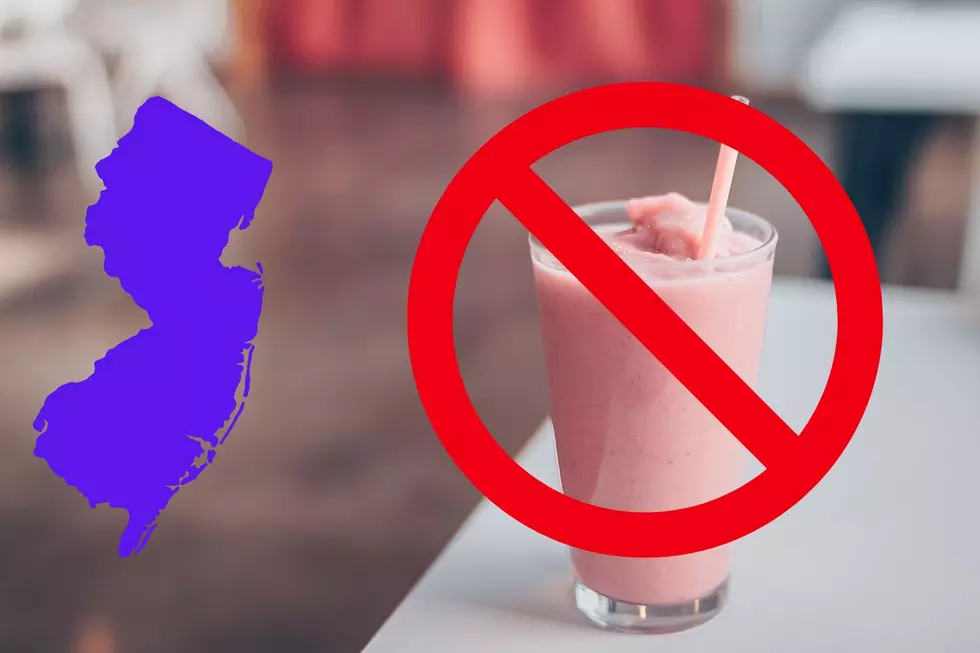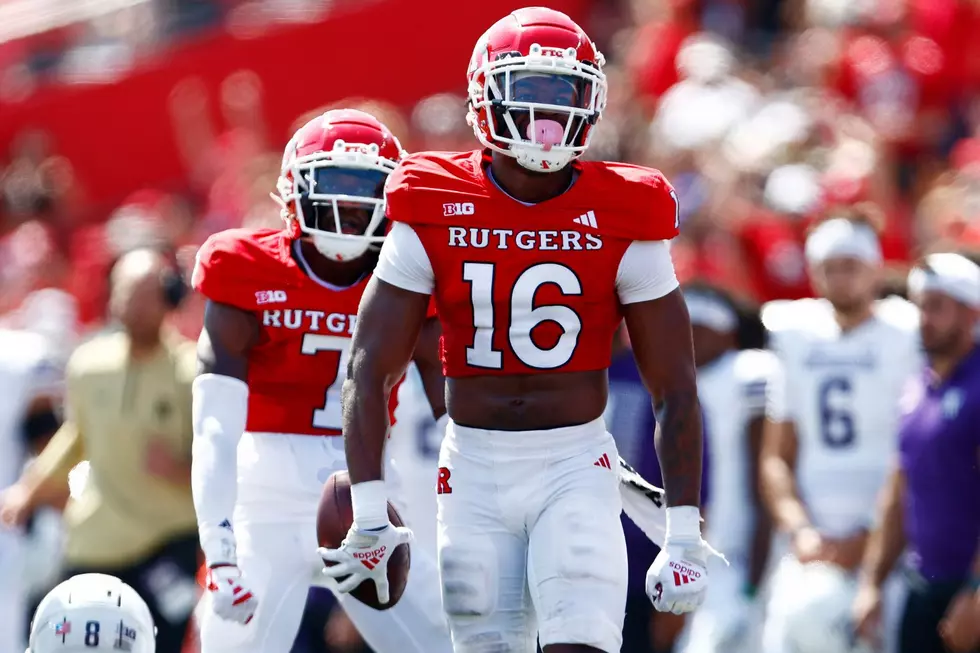
NJ animal hospital issues desperate plea for blood donations
🐶 A NJ animal hospital is desperate for pet blood donations
🐱 An animal's blood is processed to save as many lives as possible
🐶 The process is easy and each pets gets lots of treats afterward
ROBBINSVILLE — You’ve heard the pleas for human blood donations at New Jersey hospitals. But did you know that there is also a severe shortage of canine and feline blood donations in the state and across the U.S.?
NorthStar Vets in Robbinsville has put out an urgent plea for pet blood donors. Just as in human medicine, blood products are a life-saving resource for critically ill and injured pets.
Blood products are donated through a local, all-volunteer canine and feline donor network, said Dr. Steven Berkowitz, a critical care specialist at NorthStar Vets and the director of the Ann Smith Memorial Blood Bank.
Why the need for animal blood?
What the animal hospital is experiencing is that a lot of emergency traumas have significant blood loss that needs to be replaced, Berkowitz said. Other animals may have an immune disease where their bodies destroy their own red blood cells. While they are being medications to help suppress the immune system, blood transfusions may need to be done to replace those red blood cells.
Blood transfusions may also be needed during renal replacement therapy or dialysis. While the machine is being used, the cat or dog may need more blood to sustain treatment.
Are there blood types?
Yes. With dogs, the blood type is D-E-A, which stands for “dog erythrocyte antigen”. Berkowitz said it’s often referred to as 1.1 positive or negative. “With a positive dog, they can receive either a positive type or a negative type but a negative dog can only receive negative,” he said.
Cats are typically Type A or Type B blood. In America, most cats are Type A. But there are lot of fancier breeds like British and Asian breeds that are Type B. In this country, it’s very difficult to get a hold of a Type B cat. But the more common blood type in cats is going to be Type A, Berkowitz said.
He said anytime the hospital does a blood transfusion, they will blood type the dog or cat first.
How to prepare an animal for a blood donation
Dogs need to be at least 50 pounds, Berkowitz said. “We usually aim for about one to seven years old, up to date on vaccines, and not have any chronic medical conditions that might prevent them from being able to donate,” Berkowitz.
Cats should be at least 10 pounds and there are similar concerns as far as their age. But usually, a vast majority of dogs and cats don’t need any special preparation for giving blood.
Every animal donor has saved a minimum of one life donating blood, Berkowitz said.
He says he does not want the donors to be stressed, nervous or unhappy. Usually their donors are happy, with tails wagging and excited to give blood.
How much blood is taken?
It depends on the size of the animal. For example, 400 ml of blood is usually taken from an 85-pound dog, which is not a huge volume, Berkowitz said. Similarly in cats, they take about 30 to 40 ml, and just for reference, a teaspoon is about 5 ml. So, while those numbers sound big, it’s not a large volume, he explained.
How often can dogs and cats donate blood?
Typically, a cat or dog can donate every four to six weeks, if needed. The hospital will always take a blood sample to see what their red blood cell count is before donating. As long as it’s in the normal range, blood will be taken. Donors usually give blood seven to eight times a year.
What happens to the blood once it’s donated?
The blood is processed to save as many lives as possible. A donation is used as whole blood or separated into three main types of blood products that are used across NorthStar hospitals.
Fresh whole blood is usually given directly to another animal patient. The units are also split into packed red blood cells. The other portion taken is used for plasma. The plasma is often flash-frozen because of a lot of clotting factors, and some of the other proteins needed are in that product, Berkowitz said.
The Perks
Besides saving countless animal lives, the blood donation process is simple. Each dog and cat that donates blood, gets showered with lots of affection and treats afterward, Berkowitz said.
If you want to enter your pet into the blood donor program, an extensive blood panel is done for free. All pet volunteers will receive a complimentary and thorough physical exam at each donation.
Each pet will receive a free comprehensive blood screening, including infectious diseases and a copy of all lab work for your records.
The pet will receive free blood typing in case your pet, the donor, needs emergency care or a blood transfusion, as well. The blood transfusion is also free.
Extra perks include free vaccines, and the family gets a 10 percent discount on their bill. So, in the event the pet needs a $10,000 surgery, $1,000 will be taken off the bill, Berkowitz said.
How to get your pet into the blood program?
If you think your pet could be a blood donor superhero, Berkowitz said to take a brief eligibility survey at www.northstarvets.com/blood-bank.
The Ann Smith Memorial Blood Bank is named after a nurse and animal lover, who was the director of the blood bank on the technician side.
“She passed away at the beginning of the COVID pandemic and we felt like this was an amazing way to honor her legacy, and that’s why we call it the Ann Smith Memorial Blood Bank,” Berkowitz said.
Report a correction 👈 | 👉 Contact our newsroom
LOOK: Longest-living dog breeds
Gallery Credit: Sophia June
More From New Jersey 101.5 FM









